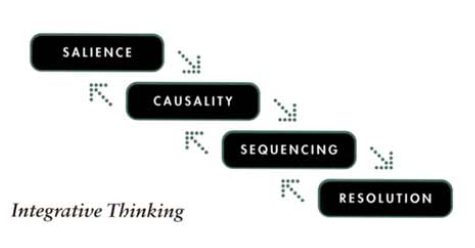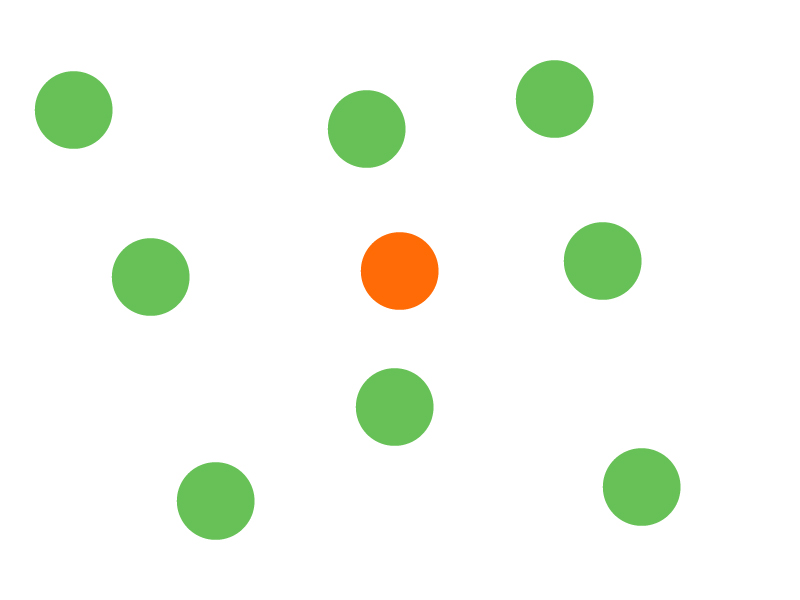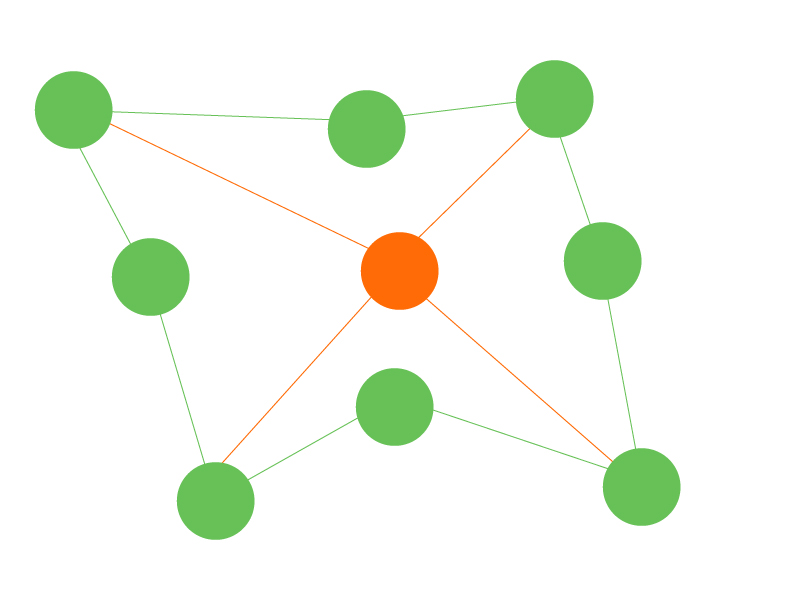MPhil. Session 2
Picking up from last week’s class where we created causal loops, today we learnt about integrative thinking and business model innovation. We also had an inspiring session with Warren Nilsson, where he showed us a speech by Roberto Unger where he speaks about what the task of the current social innovation movement should be he talks about a minimalist view and a maximalist view towards this movement. In this post I’ll summarise what we explored in class and how that has helped in recognising where my research path may lie or may not.
First we must understand that it is very important to understand, analyse and experience the space we are going to be subjected to, this is so that we can understand the metacognition, or learn for ourselves how we learn. If we can do this we can create of it, from a base level. In academic words, we must understand the pedagogy of our research, it is crucial for this programme. Why is this important – this is what the journey is about it is about the depth of self-evidence, it is about understanding what we are trying to investigate or solve on an actual or experiential level. We have acquired a game of playing research where we have the researcher and the outcome of researcher, we have people that create knowledge and people who use knowledge but that is them imagining a static society, which doesn’t grow, it is just viewed from one section of its life.
Akrasia, is the state of acting against one’s better judgment. We have inherited a weakness of will to react, we have covered up our emotional responses to objects, actions and resources. We’ve lost the idea of community. For example, mass production, the obsessive behaviour when it comes to consumer goods. How do you subject yourself to a reality where self-evidence does become an assumption that you believe is dead, how do you avoid the conditioning we have, where there is a weakening of will. Especially when there are so many more platforms that are demanding our conscious attention, How do we deal with this, or not get trapped by this ? I began to realise that I needed to re-evaluate my research without any programmed lens or perceptions I’ve been trained to see through, I needed to take away my self-editing where there is true understanding of self-evidence. The for this is, integrative thinking, where we accept the depth of self-evidence, we arouse social commitment and arouse emotional understanding or empathy towards a problem.
This made me understand that my problem was the fact that I didn’t actually have a problem, I was just seeing past choices, past concepts bubbling up and I was trying to incorporate it into a research proposal. This is why I had problems with my causal loop in session one, I started at the wrong base. So, what is the problem I’m trying to solve?
Integrative thinking
Roger Martin explains Integrative thinking as;
“Integrative thinking is a discipline and methodology for solving complex or wicked problems. ”
The Rotman School of Management defines integrative thinking as:
“…the ability to constructively face the tensions of opposing models, and instead of choosing one at the expense of the other, generating a creative resolution of the tension in the form of a new model that contains elements of the individual models, but is superior to each.”
Last year, Ownpower asked me to create an infographic on Integrative thinking.
View integrative thinking inforgaphic.
There are four key points to Integrative thinking ; Salience, causality, sequencing and resolution.
Salience
The salience of an object or perception is the quality or state by which it stands out in comparison to what it is surrounded by.
According to Wikipedia: Saliency detection is considered to be a key attentional mechanism that facilitates learning and survival by enabling organisms to focus their limited perceptual and cognitive resources on the most pertinent subset of the available sensory data.
A great example to explain this concept further was used in today’s session; when you are reading, this salient reality is emerging, one comes up with a systemic understanding of the area of focus on. Individual parts become clearer and so the whole becomes known. From the surrounding tension, the concept becomes clearer.
In intergrative thinking you want to identify extreme objects and subject yourself to them.
Causality relates to how all these salient points connect as pieces of a puzzle. Causality is understanding how all these objects connect to each other. How does one make sense of what is in front of me ?
Sequencing
Sequencing relates to understanding the primary structure of these salience elements. So, they keep a holistic view of all things that are salient. What tasks will I do, and in what order ?
Resolution
Resolution relates to the outcome or conclusion. How does one make the most creative resolution ?
Integrative thinking is a method we can use to create new concepts, to create new business models, not merely recognising a new business model, but the actual creation of business model innovation.
Business model innovation
As a species, we have become used to certain things and take a lot of actions for granted.Things happen automatically, etc cooking, learning, driving – we become habituated into human practise and we cannot step back. Our bodily expectations of how the world should react.Only if something causes a breakdown. That is when I would examine the object/world around ourselves, as to WHY it didn’t live up to one’s expectations you only notice something as useful when it breaks down or you examine all the parts of it. We need to fall in love with the business model, that means understanding how it works on a systemic level. Understand it’s style so one can unpack this style as quickly as possible and then create new models around them.
A style is a name or description for how practises are co-ordinated. We used to have a style for being in the world where we had a different relationship to things we used (eg. ride bikes, or horses) there was patience, deeper connection to where it came from. from industrialisation we have become gradually more and more unconscious of our world. we’ve almost factored ourself out of the world, we’re not sensitive to these things because our style has changed.
The type of style can be modelled with a business model. a style that is self-evident in manner to behaviour . One can change the style in business model innovation. If we create new consumption methods we need to change the stye. Every business model has an operative style. The thing about a style is – it is what the norm,it is sensible, it is the guide or structure of how things are.Why we collapsed it – emergence, divergence, narrowing of content. We want to keep our emergence falling in love with one model at a time. until you understand how a model works, what are the mechanisms, how do you create value business models start with a style from someone.How does this model produce it’s benefits ? what are it’s mechanisms ? There is never a clean sheet of paper,because human beings cannot step out of their reality.
we are doing articulation, the role of articulation is underestimated.
whenever the world breaks downs, you need to articulate WHY the world has broken down. why was my expected reality not met ?Articulation, re configuration, cross appropriation – bring marginal elements into a style and super impose into essential views on how human beings can make cultural change. Innovation happens in these three ways; Articulation, re-configuration, cross appropriation
Articulation is responsible for bringing to the surface, the raw experiences, making them known to the many. We need to know how to communicate wicked crazy problems so that we can solve them. In figuring out how to articulate something we unravel it and compare it so many of our past experiences to make sense of it, so we view it in different ways.
Reconfiguration, is responsible for bringing a marginal style that is at the periphery to the main focus point. We have analysed it and we try to figure out a way to control it, so that we can steer it.We have over emphasised control, what happens when we get rid of this control ?
Cross appropriation means to understand the styles – then find out what you like and don’t like about them and mix them into something mouldable. Immerse yourself in it. This allows us to experience the style for ourselves and embody it, which leads to true empathy. Empathy is Fundamental to design thinking. This is crucial in creation of something new, but we all never get to any coherent suggesting, because of our own critique, we don’t have empathy. One finds it easier to criticise something before falling in love with it.
Warren Nilsson’s session
Warren showed us a really great talk by Roberto Unger. This speech really supported Kosheek’s lecture in the morning and it was superb to be able to be exposed to different explanations.
“I propose to speak of social innovation as a transformative movement in the world and not simply as a field for academic study. Now, there are two basic approaches to social innovation as a movement that one might distinguish; let me call them the minimalist and the maximalist approaches. According to the minimalist view of the social innovation movement, social innovation is a movement within civil society and about civil society. It does not directly engage in the politics of state power and it renounces the hope of proposing a comprehensive project for society. The minimalist approach to social innovation has the attraction of modesty and apparent realism.
According to the maximalist view of social innovation, the social innovation movement, although headquartered in civil society, is not simply about civil society, but about everything, and therefore, must engage the politics of state power and must have a comprehensive proposal for society. In my intervention now, I propose intransigently to defend the maximalist view, but I will do so not by arguing for it in the abstract, but by seeking to exemplify what its content would be because its content is far from being self – evident. “




Leave a Reply